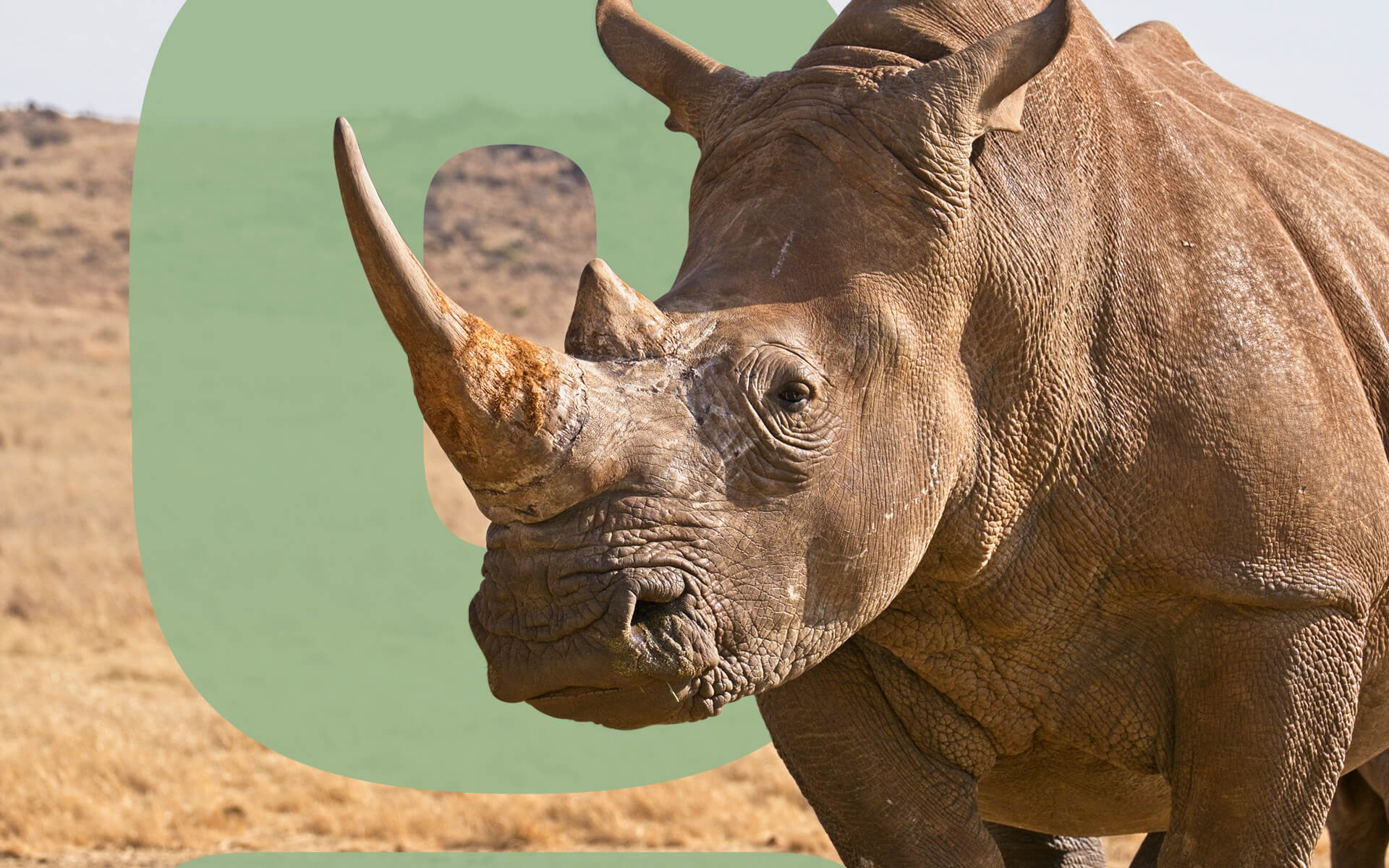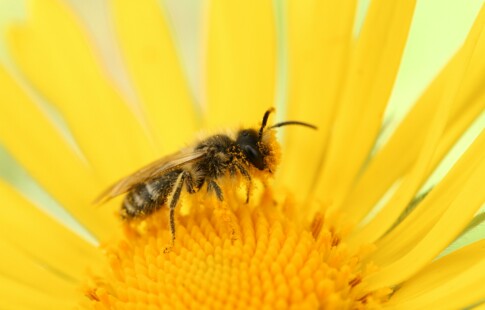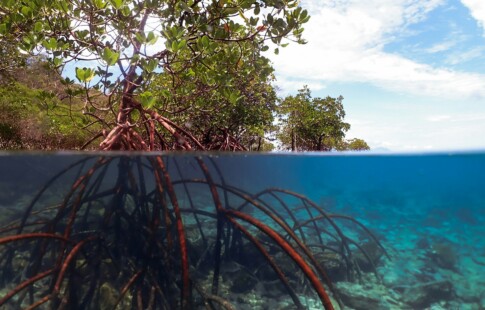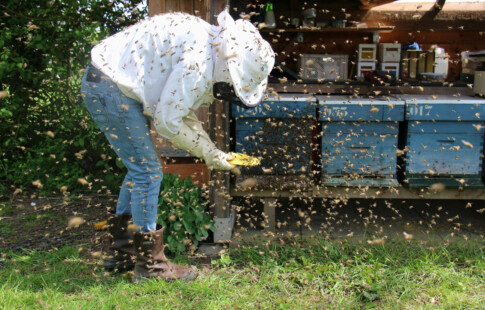
Why are Rhinos Endangered?
We are reader-supported. When you buy through links on our site, we may earn affiliate commission.
When individuals visit zoos, they look forward to seeing region-specific mammals. Many become fascinated with the powerful, stocky, horned rhinos, which almost represent a modern dinosaur. Visitors may feel overwhelmed when they discover the creatures are at risk of extinction.
Individuals may question, “Why are rhinos endangered.” There are three main causes of endangerment, and they all derive from humanity. Before assessing the forms of species degradation, individuals must evaluate the different types of endangered rhinos.
What Different Types of Rhinos are at Risk?
Black rhinos are one of the top variations at risk of endangerment. They differ from other rhinos because they are smaller and have hooked upper lips. Their lip feature helps them feed on bushes and trees to sustain an appropriate diet.
The black rhino population experienced a drastic decline in the 90s which pushed environmentalists to take action. Today, there are nearly 5,000 black rhinos in Namibia, South Africa and Kenya. Another endangered variation is the Javan rhino.
Javan rhinos have the highest risk of endangerment. There are only about 60 rhinos remaining in their population. They differ from other variations because of their 10-inch horns.
The Sumatran rhino is also at risk of extinction. Its population is experiencing the fastest decline rates, which adversely affect its longevity. Human interference caused about a 70% species decline over just two decades.
As the three rhinos’ populations decrease, the global ecosystem experiences a ripple effect of degradation. The mammals are herbivores, and species declines may cause an overgrowth of vegetation. As different plant populations expand, they may disrupt Earth’s water cycle, natural habitats and more.
Rhino Endangerment from Poaching
There are three key causes of rhino degradation that interfere with the global ecosystem’s stability. The most direct cause of endangerment is poaching. Regional hunters kill rhinos to remove and sell their horns.
Chinese medical professionals use rhino horns to make medications. The horn contains various beneficial amino acids. The lysine, cysteine, arginine, tyrosine, histidine, calcium carbonate and calcium phosphate treat different illnesses.
Professionals distribute the element to individuals suffering from typhoid, food poisoning, gout and other conditions. In South Africa, poachers kill about one rhino a day. Researchers record around 394 deaths each year, which contribute to endangerment.
Rhino Endangerment from Habitat Loss
Individuals questioning “why are rhinos endangered” must also explore their impacts on the global ecosystem. A significant cause of endangerment is habitat destruction. Even though most rhinos live in Africa, global pollution impacts their homes.
When individuals drive their vehicles, heat their homes, power their devices and farm, they release greenhouse gases into the atmosphere. Emissions are the leading cause of climate change, which interferes with the global ecosystem’s stability. As Earth’s temperature rises, the evaporation rate increases and causes adverse effects.
While some regions experience increased precipitation from the water cycle changes, other areas remain in elongated droughts. The heightened evaporation rate also causes intense heat waves. Regional changes interfere with habitat stability and decrease rhinos’ compatibility with their traditional homes.
Agricultural production also adversely impacts habitat stability. As the global population increases, farmers must improve their production rates to meet consumers’ demands. Infrastructure development also interferes with rhino’s habitats.
When individuals consume natural spaces, they force rhinos into smaller habitat regions. Minimizing available habitat regions causes inbreeding and other endangerment effects. Resource degradation also negatively impacts rhino populations’ stability.
Rhino Endangerment from Resource Degradation
Resource degradation is closely related to habitat loss. When agricultural professionals move into rhino’s habitats, they often clear-cut vegetation to create crop production areas. Clear-cutting minimizes biodiversity and increases regional temperatures.
It also decreases rhinos’ food supply, limiting their access to edible vegetation. Environmentalists are exploring the effects of human-induced degradation on rhino populations. They are developing effective protection measures to prevent extinction.
How are Professionals Protecting Rhinos?
Most conservation specialists are protecting the endangered rhino populations by capturing and placing them in zoos. They use the controlled habitats to breed the mammals and protect them from poachers. Specialists mimic wild lifestyles inside zoos by offering similar dietary resources, temperatures and social engagement.
The San Diego Zoo delivered more than 90 calves from controlled breeding. It also partners with wild protection programs to increase rhinos’ survival in natural habitats. Individuals can additionally minimize rhino endangerment by improving the sustainability of their lifestyles.
How can we Minimize Rhino Endangerment?
Shrinking your carbon footprint can effectively reduce habitat degradation and rhino endangerment. Growing your food also minimizes the demand for large-scale farming which causes clear-cutting. Finally, individuals may decrease endangerment by voting for stricter poaching laws.
Share on
Like what you read? Join other Environment.co readers!
Get the latest updates on our planet by subscribing to the Environment.co newsletter!
About the author

Jane Marsh
Starting from an early age, Jane Marsh loved all animals and became a budding environmentalist. Now, Jane works as the Editor-in-Chief of Environment.co where she covers topics related to climate policy, renewable energy, the food industry, and more.





